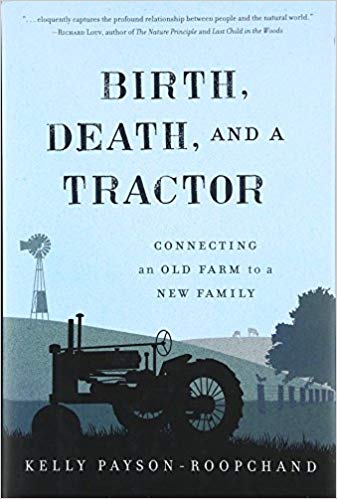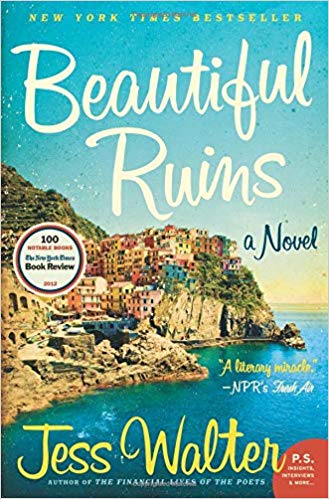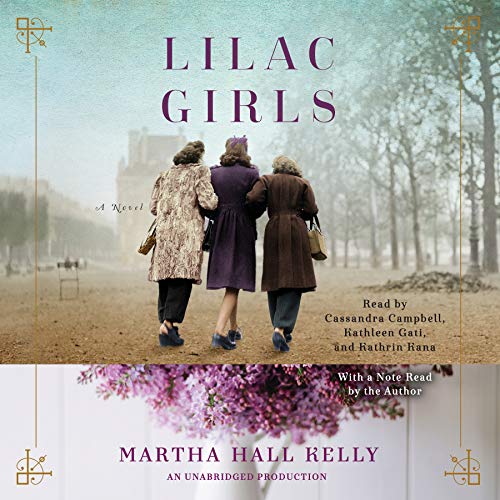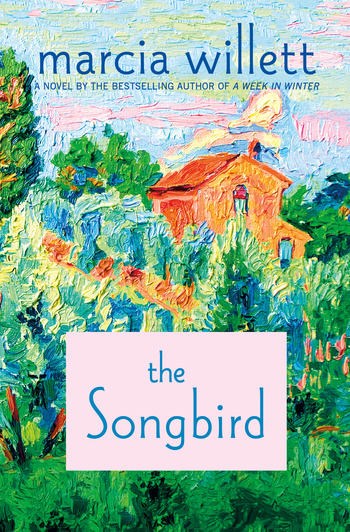It’s that time of year again, to reflect on the books that I read in 2019. According to my GoodReads information, I read 59 books (wow!). The shortest book was “Hallelujah anyway” by Anne Lamott, at 176 pages. The longest book was Annie Proulx’s “Barkskins” at 717 pages (way too long for me). The most popular book was “Educated” by Tara Westover, and the least popular book was by my friend Sid Berger, “The Book of Death” (“least popular” is really a mismomer – it’s just least read on Goodreads – and actually a really good yarn)
This year, instead of making of a list of my “favorite” 10 reads of 2019, I’d like to say this is a list of “notable” books, that I would like to bring to light. For example, I really enjoyed “Educated” and “Becoming” (by Michelle Obama), but so did everyone else, so I won’t be redundant in mentioning them here. So, without any further ado, here are 10 books that I would like to make note of as “good reads” – divided equally into fiction and non-fiction.
 Becoming Mrs. Lewis: a novel: the improbably love story of Joy Davidman and C. S. Lewis, by Patti Callahan. This recent novel made me fall in love with C.S. Lewis, alongside Joy Davidman, as well as rekindle my love affair with England. I knew a little of the story, but this book really emotionally plunged me into Joy’s story, and made me want to read more of C. S. Lewis.
Becoming Mrs. Lewis: a novel: the improbably love story of Joy Davidman and C. S. Lewis, by Patti Callahan. This recent novel made me fall in love with C.S. Lewis, alongside Joy Davidman, as well as rekindle my love affair with England. I knew a little of the story, but this book really emotionally plunged me into Joy’s story, and made me want to read more of C. S. Lewis.
 Birth, death, and a tractor: connecting an old farm to a new family, by Kelly Payson-Roopchand. This enchanting tale brings to life several generations of a family on a bit of land in Somerville, Maine. Although the land and farm sadly went out of the family, it ended up in the hands of Kelly and her husband Anil, who not only are keeping it going as “Pumpkin Vine Family Farm” but eloquently write about it, and pay tribute to the families who lived there.
Birth, death, and a tractor: connecting an old farm to a new family, by Kelly Payson-Roopchand. This enchanting tale brings to life several generations of a family on a bit of land in Somerville, Maine. Although the land and farm sadly went out of the family, it ended up in the hands of Kelly and her husband Anil, who not only are keeping it going as “Pumpkin Vine Family Farm” but eloquently write about it, and pay tribute to the families who lived there.
 Beautiful ruins: a novel, by Jess Walter. This book came out in 2012, and although I had been intrigued by the cover for the past 7 years, I finally plucked it off the library shelf to indulge in. In this case, you really can judge a book by its cover, as I was entranced throughout the book by the wonderful story, interesting characters, and good writing.
Beautiful ruins: a novel, by Jess Walter. This book came out in 2012, and although I had been intrigued by the cover for the past 7 years, I finally plucked it off the library shelf to indulge in. In this case, you really can judge a book by its cover, as I was entranced throughout the book by the wonderful story, interesting characters, and good writing.
Tired of apologizing for a church I don’t belong to: spirituality without stereotypes, religion without ranting, by Lillian Daniel. This book introduced me to the writings of Lillian Daniel, senior minister at the First Congregational Church in Dubuque, Iowa, whose take on today’s climate of Christianity were so refreshing and humorous that I found myself taking notes. Here’s one of her wonderful quotes: “Anyone can find God alone on a mountaintop. The miracle is that we can find God in the company of other people as annoying as we are.”

 The Alice network, by Kate Quinn. This book, along with “Lilac Girls” by Martha Hall Kelly, were fascinating books written about women during the world wars, based on true stories, which makes them even more wonderful (once again, the power of fiction to educate us). Although grim tales are not my usual choice of fiction, I was glad I read these two amazing books. The Alice Network made me stay up late one evening, as I couldn’t put it down until I finished it
The Alice network, by Kate Quinn. This book, along with “Lilac Girls” by Martha Hall Kelly, were fascinating books written about women during the world wars, based on true stories, which makes them even more wonderful (once again, the power of fiction to educate us). Although grim tales are not my usual choice of fiction, I was glad I read these two amazing books. The Alice Network made me stay up late one evening, as I couldn’t put it down until I finished it
Killers of the Flower Moon: the Osage murders and the birth of the FBI, by David Grann. Once again, a period of history I had no idea about – fascinating on all levels, including the wealth of this Native American tribe, due to the scrappy land in Oklahoma that they settled on which became oil rich in the early 20th century, the Osage women who fell in love with white men (for better or worse), and the research done by the author to uncover more of the story, which haunts these families into the present day.
 Sensible shoes: a story about a spiritual journey, by Sharon Garlough Brown. This series of four novels, beginning with this first title, follows the story of four women: Hannah, Meg, Charissa, and Mara, who meet at a retreat center. Well written and paced, I found the journeys of the women to be breathtaking and heartbreaking at the same time, as they struggle deeply with old patterns of living, and try to break free to be the best they can be.
Sensible shoes: a story about a spiritual journey, by Sharon Garlough Brown. This series of four novels, beginning with this first title, follows the story of four women: Hannah, Meg, Charissa, and Mara, who meet at a retreat center. Well written and paced, I found the journeys of the women to be breathtaking and heartbreaking at the same time, as they struggle deeply with old patterns of living, and try to break free to be the best they can be.
 A winter apprentice, by John Holt Willey. This small quiet book is lyrical in Willey’s remembrances of a time of his life, in the 1970s, when he worked at the Paul E. Luke Boatyard in Boothbay Harbor. Cast in a somewhat golden glow, Willey writes with humor and wisdom, about his being an older apprentice, and the Maine characters that populated the scene, teaching him along the way about life.
A winter apprentice, by John Holt Willey. This small quiet book is lyrical in Willey’s remembrances of a time of his life, in the 1970s, when he worked at the Paul E. Luke Boatyard in Boothbay Harbor. Cast in a somewhat golden glow, Willey writes with humor and wisdom, about his being an older apprentice, and the Maine characters that populated the scene, teaching him along the way about life.

 Little French Bistro : a novel, by Nina George. This book, along with Marcia Willett’s The Songbird, were a nice balance to the World War novels mentioned earlier. Although they grapple with serious issues, they offer wonderful escapism into small French and English villages, where people escape to from their lives, and find community (reminiscent of Long Island?)
Little French Bistro : a novel, by Nina George. This book, along with Marcia Willett’s The Songbird, were a nice balance to the World War novels mentioned earlier. Although they grapple with serious issues, they offer wonderful escapism into small French and English villages, where people escape to from their lives, and find community (reminiscent of Long Island?)
Northland: a 4,000 mile journey along America’s forgotten border, by Porter Fox. While not the most gripping read, this is a classic travel tale – juxtaposing historical information with the author’s journey, by canoe, freighter, and automobile, across the Canadian border. It starts in our familiar territory of Maine, and ends in the area where my family lives, in Washington State. A great read in today’s political climate.


